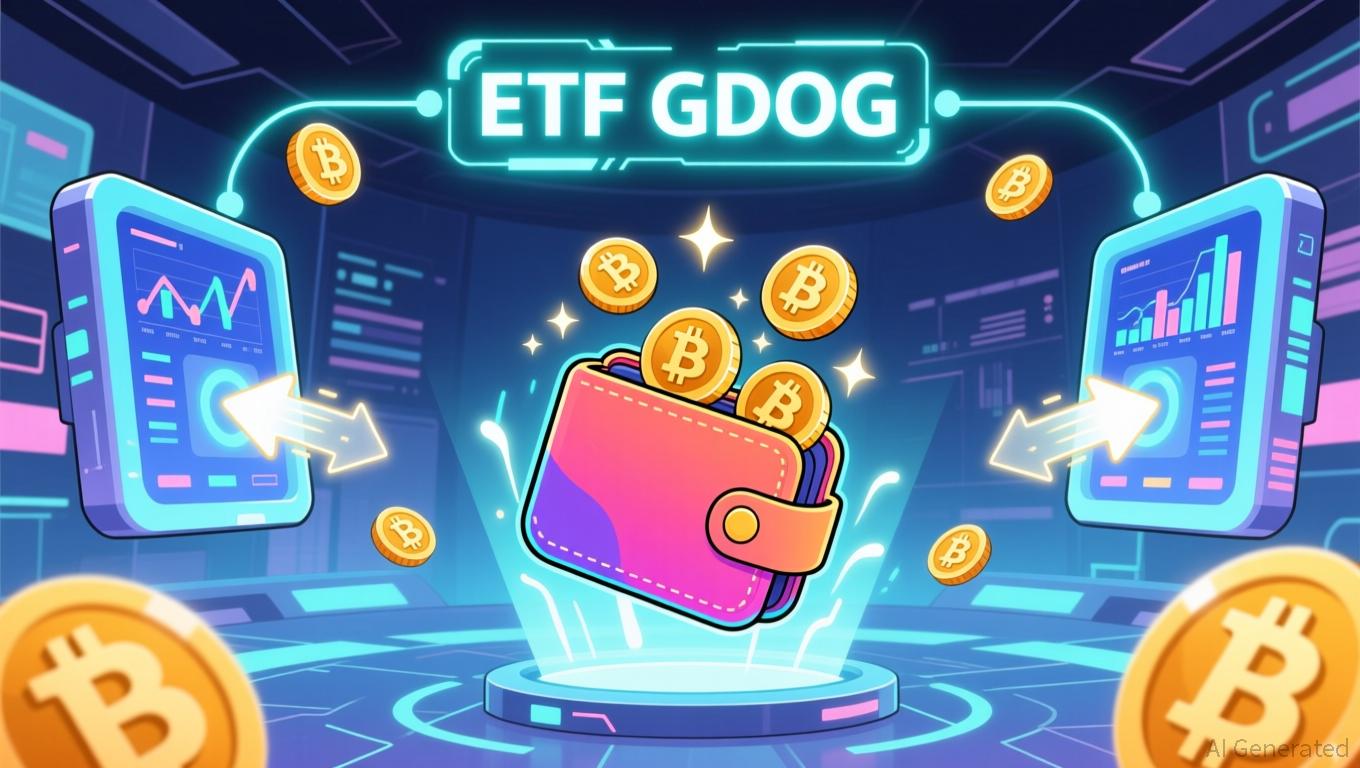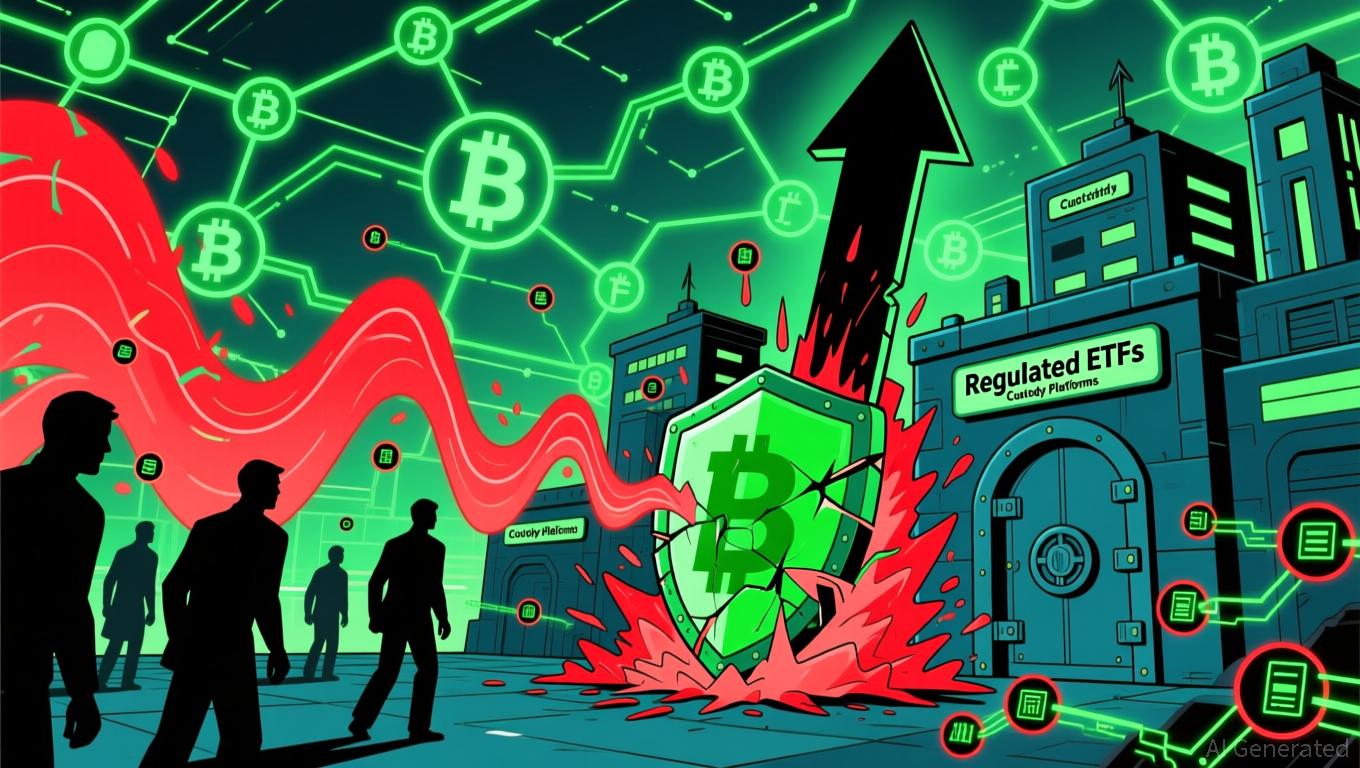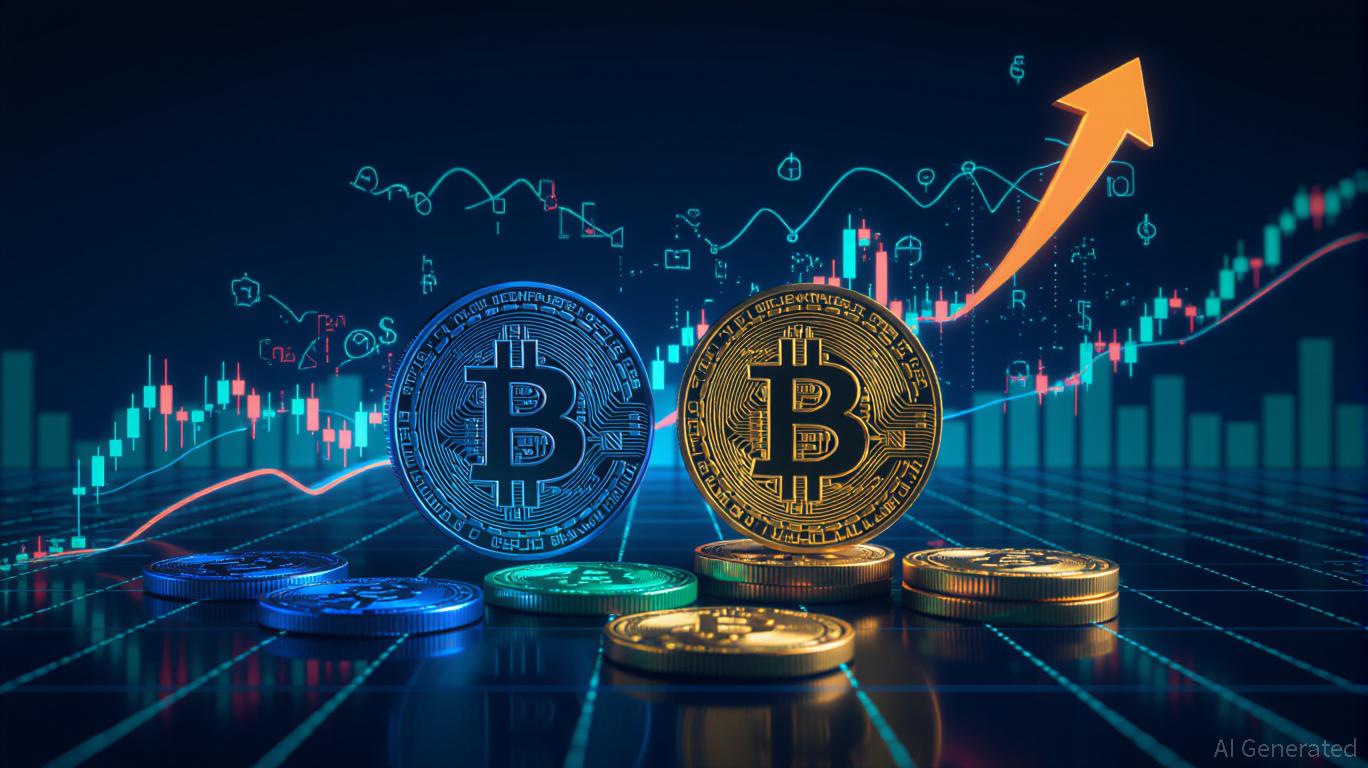Dogecoin ETF Launch Sees No Institutional Demand
- Main event, leadership changes, market impact, financial shifts, or expert insights.
- Grayscale’s Dogecoin ETF launch underwhelms with no new investments.
- Questionable future for meme-currency ETFs in financial sectors.
Grayscale’s Dogecoin ETF launch saw zero net inflows, highlighting muted institutional interest in meme-coin ETFs. Trading volume fell to ~$1.41 million, far below analyst forecasts of $12 million, questioning the viability of these crypto investments.
Points Cover In This Article:
ToggleGrayscale’s Dogecoin ETF, introduced on its debut day, experienced no institutional inflows, marking a lackluster start and questioning meme-currency ETF viability in the market.
Launch Details and Initial Reactions
Grayscale Investments led by CEO Michael Sonnenshein launched their Dogecoin ETF , witnessing zero net inflow on the first day, exposing minimal institutional appetite. Experts like Eric Balchunas emphasized the gap between retail popularity and institutional engagement.
“Dogecoin ETF’s first day comes in way below expectations. Zero net creations—no new capital. Shows the spread between retail trading appetite and true institutional demand.” — Eric Balchunas, Senior ETF Analyst, Bloomberg
The ETF’s lack of capital inflow suggests a tepid market response, with secondary trading volumes significantly below expectations. Dogecoin’s pricing also reflected market skepticism, unable to sustain gains, leaving analysts concerned about its future trajectory.
Impact on Broader Market
Broader market assets, including BTC and ETH, remained largely unaffected by the ETF’s performance. Analysts warn of potential downstream effects on upcoming altcoin ETFs like XRP and LINK if similar patterns persist.
Future Outlook
Insights from previous ETF launches showcase strong demand for established cryptocurrencies like BTC and ETH, in stark contrast to meme coins. This historical context raises doubts about the long-term viability of such crypto assets in traditional financial frameworks.
Disclaimer: The content of this article solely reflects the author's opinion and does not represent the platform in any capacity. This article is not intended to serve as a reference for making investment decisions.
You may also like
Dogecoin News Today: From Internet Joke to ETF: Dogecoin's Journey Toward Mainstream Faces Uncertain Challenges
- Grayscale's GDOG ETF (DOGE) launched on NYSE Arca, marking first U.S. ETP directly tied to Dogecoin , expanding institutional and retail access to the meme-turned-transactional cryptocurrency. - The non-diversified, unregistered product carries higher risks due to lack of 1940 Act compliance, with value directly exposed to DOGE's volatility and no liquidity guarantees. - GDOG's muted debut ($1.4M first-day volume) reflects Dogecoin's weaker market position compared to Bitcoin , amid broader crypto downtu

Bitcoin Updates: Quantum Threats and Institutional Withdrawals Cast Shadows Over Bitcoin's 2025 Prospects
- Bitcoin’s 2025 price forecasts stay below $100,000 due to halving cycles, quantum computing risks, and institutional divestment. - Quantum threats to elliptic curve cryptography, highlighted by experts like VanEck’s Seyffert and Buterin, raise long-term security concerns. - Institutional shifts, including $5.4B MicroStrategy liquidations and ETF outflows, underscore crypto’s fragility amid regulatory and technical headwinds. - Privacy-focused projects like Bitcoin Munari aim to address institutional dema

Webster, NY's Approach to Industrial Growth and the Transformation of the Xerox Campus
- Webster , NY, is transforming its Xerox campus brownfield into a high-growth industrial hub via infrastructure grants and zoning reforms. - FAST NY grants and $283M state funding target road, sewer, and electrical upgrades to make the site competitive with coastal industrial markets. - Zoning changes enable mixed-use development, including advanced manufacturing and residential components, creating a "bluefield" model. - State programs like Brownfield Opportunity Area reduce redevelopment risks through t

The Increasing Importance of Stablecoins as Strategic Assets Amidst Crypto Market Volatility
- Institutional investors use stablecoins like USDC and BUSD to balance crypto portfolio risk and liquidity. - Allocating 5-10% to stablecoins enables yield generation via DeFi while mitigating volatility from assets like Bitcoin . - Mathematical models show stablecoins reduce portfolio beta, acting as near-risk-free assets during crypto market turbulence. - March 2023 depegging events exposed stablecoin vulnerabilities, highlighting risks tied to collateralization and issuer credibility. - As crypto marke
